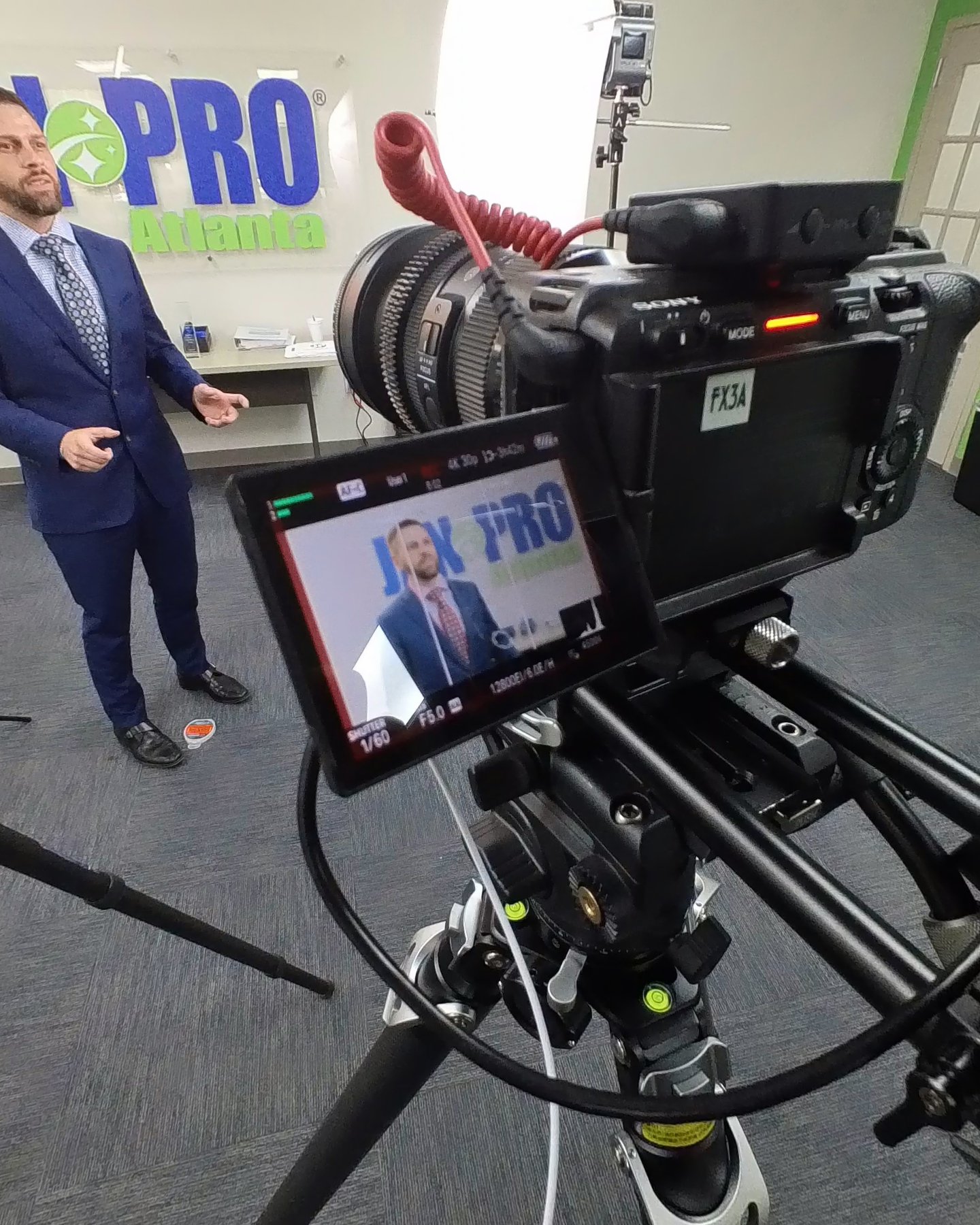The Importance of Multi-Cam Filming in Corporate Interviews
Setting up for multi-cam filming can make or break your production. In the world of video content, especially for corporate interviews, the way you capture your subject can significantly impact viewer engagement and the overall quality of your production. This blog will explore the nuances of multi-cam filming, providing insights and practical tips to help you create compelling content that stands out.
Why Multi-Cam Filming Matters
When it comes to corporate interviews, getting the framing right is super important. A well-organized setup not only enhances the visual appeal of your video but also ensures that the message you want to convey is delivered effectively. Multi-cam filming allows you to capture different angles and perspectives, providing a richer viewing experience.
Key Takeaways for Effective Multi-Cam Filming
To help you master the art of multi-cam filming, here are some essential takeaways:
Camera Labeling: Streamlining Your Workflow
One of the first steps in setting up for multi-cam filming is to label each camera based on its importance. Using designations like A-Cam, B-Cam, and C-Cam can help streamline your workflow and ensure that everyone on set knows which camera to focus on.
A-Cam: This camera is typically focused on the person being interviewed. It should capture the main speaker in a way that draws the viewer's attention.
B-Cam: This camera is often used for profile shots, offering a different angle that can add depth to the interview.
C-Cam: While not always necessary, a C-Cam can add creative flair to your production. This camera can capture unique angles or moving shots that enhance the storytelling aspect of your video.
Framing Focus: Engaging Your Audience
The framing of your shots is crucial in multi-cam filming. For the A-Cam, position the interviewee in the left third of the frame, looking just off-camera. This approach creates a more engaging feel for the audience, as it appears that the subject is interacting with someone just outside the frame.
The way you frame your shots can significantly impact how viewers connect with your content. An engaging frame encourages viewers to stay focused on the subject and absorb the information being shared.
Dramatic Angles: Enhancing the Story
When using B-Cam, consider the story you are trying to tell. A closer angle can provide a more intimate view of the interviewee, while a wider shot can offer context about the environment. The more dramatic the story, the bolder your camera angles should be.
Using varied angles not only keeps the viewer's interest but also adds layers to the narrative. It allows you to emphasize specific points and convey emotions more effectively.
C-Cam Creativity: Standing Out from the Competition
Adding a C-Cam can elevate your interviews and set your content apart from competitors. This camera can capture unique angles or moving shots, creating a documentary feel that engages viewers on a deeper level.
For instance, consider using a slider for smooth movement or a handheld approach for a more dynamic look. These creative choices can enhance the storytelling aspect of your video, making it more visually appealing and memorable.
The Trade-Off: Time vs. Quality
While setting up multiple cameras may take more time, the end result is always worth it. The additional effort can lead to a more polished and professional final product.
If you're working with a single camera but want to experiment with a multi-camera workflow, you can still achieve a similar editing style in post-production. Techniques like "punching in" to a closer angle can mimic the effect of multi-cam filming, allowing you to create engaging content even with limited resources.
Syncing Audio: A Crucial Step
One often overlooked aspect of multi-cam filming is syncing audio. This step is crucial for ensuring that your final edit flows seamlessly. A simple clap sync can help keep everything aligned during editing. By creating a sync point, you can easily match audio and video across all cameras, making post-production much smoother.
Broader Implications for Marketers and Business Owners
Understanding the principles of multi-cam filming can have broader implications for marketing managers, CMOs, and business owners. The ability to produce high-quality video content can elevate your brand's image and enhance viewer engagement.
In today's digital landscape, video content is more important than ever. It can help communicate your message effectively, showcase your products or services, and connect with your audience on a personal level.
By mastering multi-cam filming techniques, you can create content that not only looks professional but also resonates with your audience. This approach can lead to increased brand loyalty and higher conversion rates.
Embrace the Multi-Cam Approach
In conclusion, multi-cam filming is an invaluable technique that can significantly enhance the quality of your corporate interviews. By focusing on camera labeling, framing, dramatic angles, and audio syncing, you can create compelling content that engages viewers and communicates your message effectively.
As you continue to refine your video production skills, remember that the extra effort involved in multi-cam setups is always worthwhile. The final product will reflect your dedication to quality and professionalism, setting you apart in a competitive landscape.
Stay tuned for more insights on editing techniques and multi-camera workflows in future posts!






